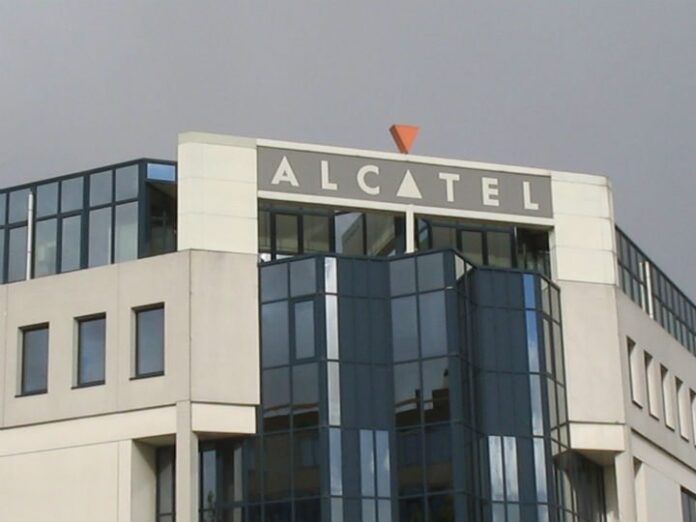Deploy small cell more efficiently using street furniture
ATLANTA – Michael Peeters, CTO for Alcatel-Lucent’s wireless division, highlighted the need for rapid small cell deployments to keep up with the booming growth in demand for mobile network capacity.
Peeters drove this point – and many others – home during a keynote address at the 2015 Competitive Carriers Association Global Expo 2015.
He said that data demand, as well as massive growth in the machine-to-machine and “Internet of Things” spaces will also necessitate more small cell deployments.
Another aspect of increasing network usage, Peeters said, is the need for carriers to more efficiently use the broadband spectrum available to them.
Small cells remain a difficult issue for carriers because they often can’t be placed where they would optimize coverage, usually because of restrictive building codes or private-property issues.
Alcatel-Lucent has sought to address that issue by seamlessly integrating small cells into the urban landscape using street furniture as a base station; easy access to street furniture and its abundance in urban landscapes provides an ideal way to build out small cell networks while not stepping on anyone’s toes.
Peeters also touched on the confluence of small cell and Wi-Fi in dense urban network scenarios.
“I think of small cells and Wi-Fi as a triangle that all together helps to increase capacity,” he said.
Looking ahead, he pegged a major challenge to carriers looking to rely more on small cells: “The No. 1 innovation necessary is: How do you deploy them efficiently? This is a problem.”
Peeters noted in his keynote that the three big drivers in the wireless industry over the next 5 years will be improving performance, improving profitability through the use of lower cost, more efficient products and the ability to differentiate local markets.
As LTE continues its evolution to 5G and beyond, Peeters said carriers need to focus on a more flexible network architecture and the ability to adapt to a smooth evolution.

